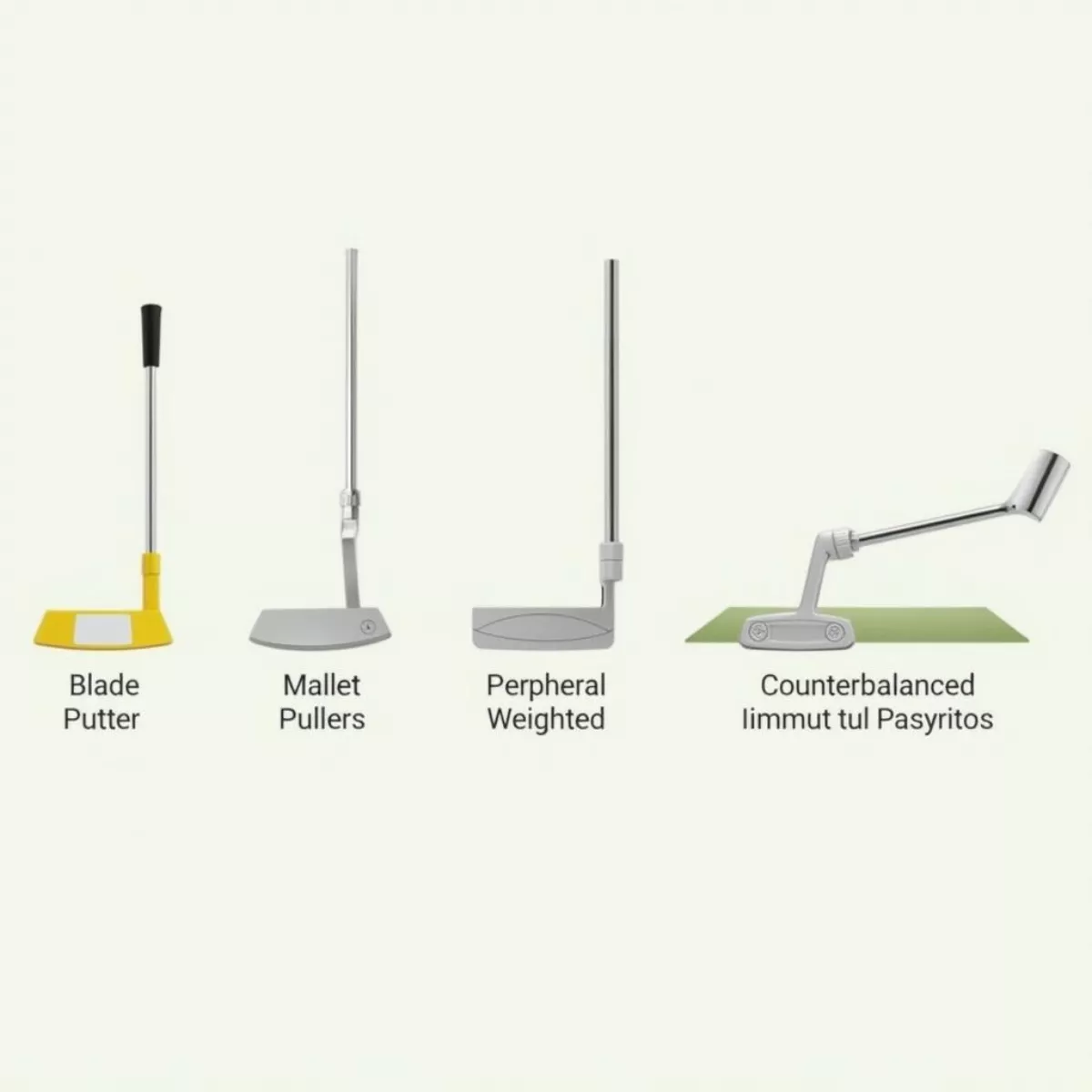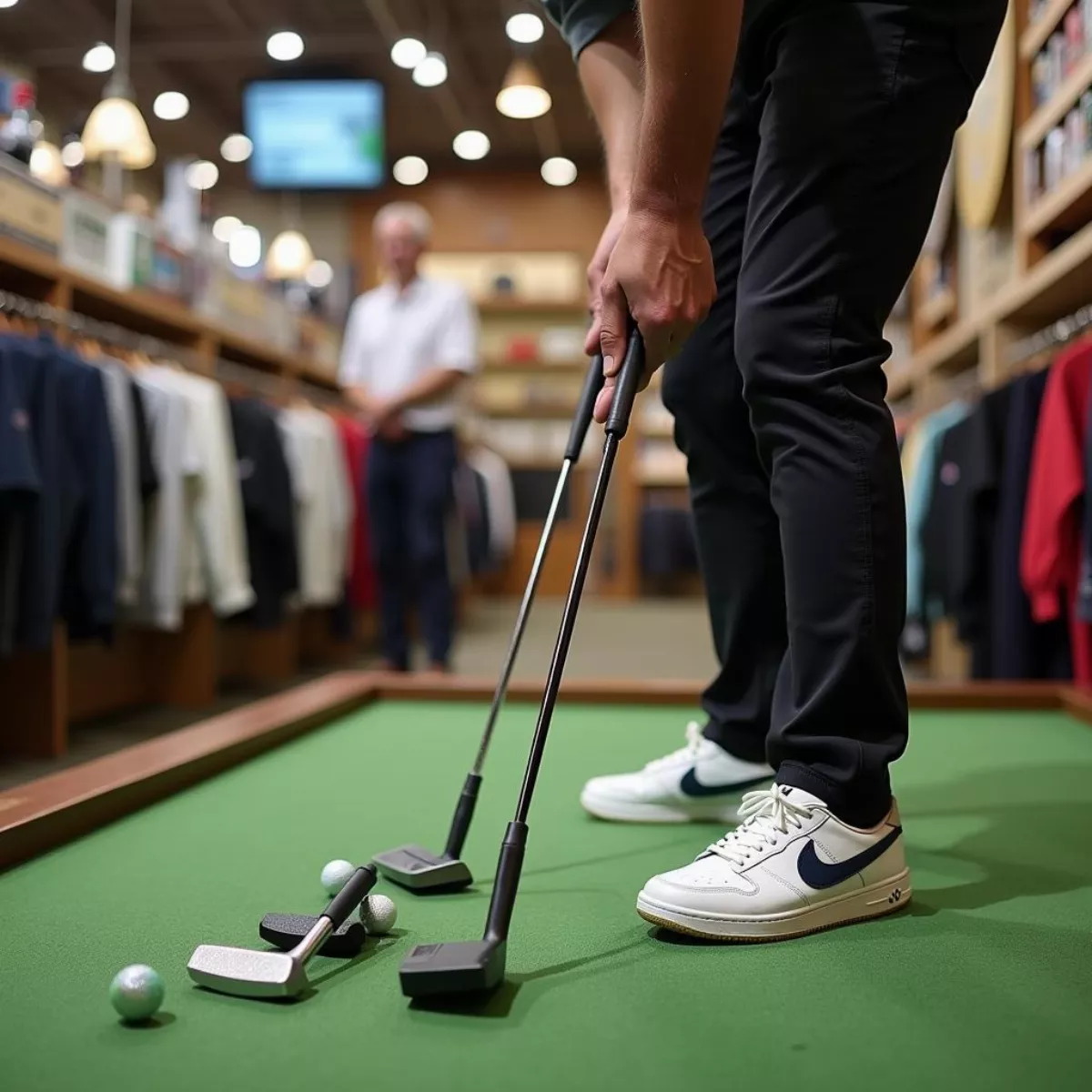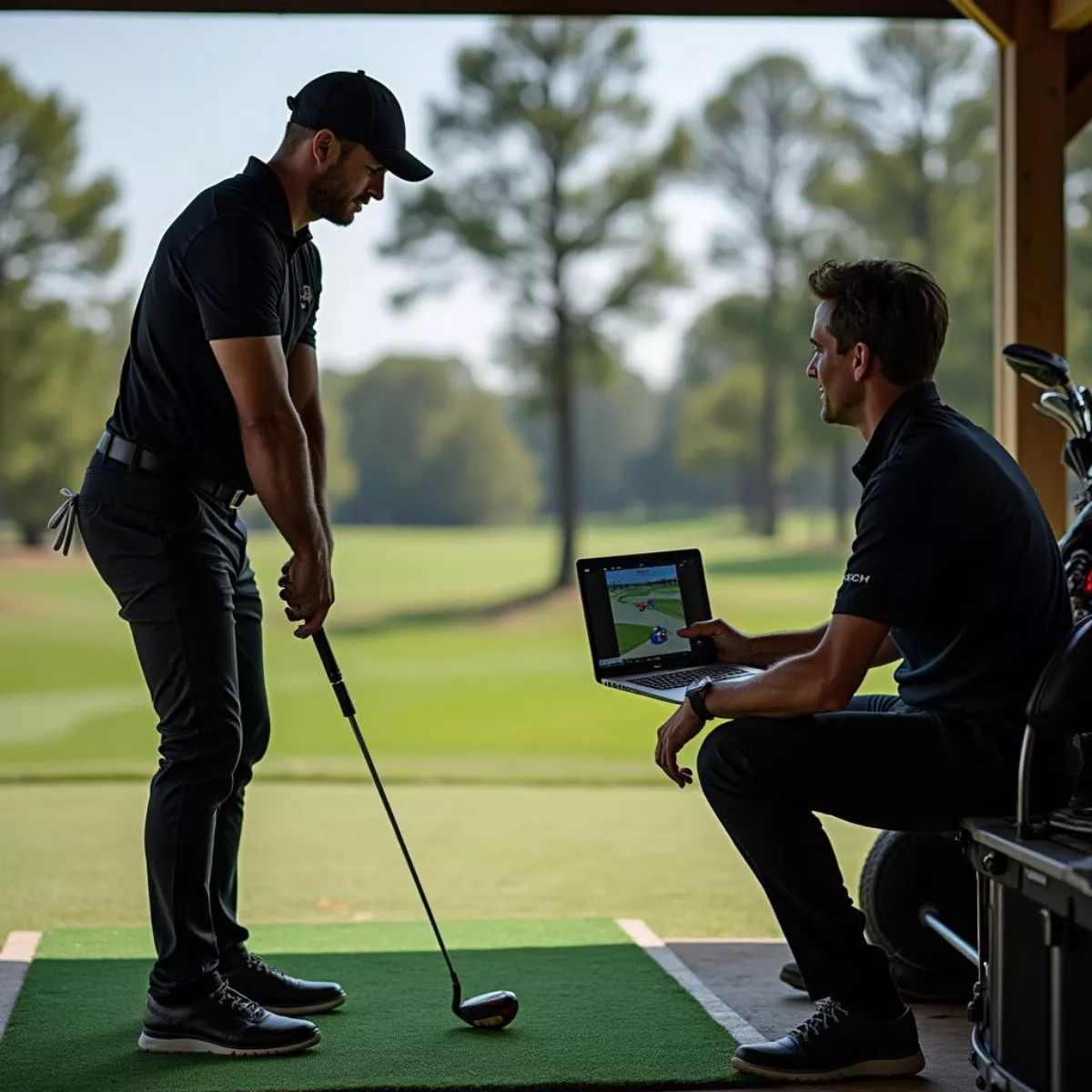Choosing the right golf putter can often feel like a daunting task, especially with the myriad of options available today. Whether you’re a beginner or a seasoned golfer, understanding what makes a great putter is crucial for enhancing your game. In this comprehensive guide, we’ll walk you through everything you need to know to pick the perfect putter for your style and needs.
Why the Putter Matters
The putter is considered the most important club in your bag, as it’s used more than any other club. In fact, it’s estimated that around 40% of all strokes taken in a round of golf occur on the putting green. A good putter can not only lower your score but also boost your confidence on the course.
Types of Putters
When selecting a putter, it’s important to understand the various types available. Here’s a closer look at the most common ones:
- Blade Putters: Often preferred by experienced players for their simple design and control, blade putters have a classic look that appeals to many golfers.
- Mallet Putters: These are larger and typically offer more stability, making them a great choice for players who want forgiveness on off-center hits.
- Peripheral Weighted Putters: These combine the aspects of both blade and mallet putters, distributing weight to the edges for better forgiveness.
- Counterbalanced Putters: These putters have added weight in the grip and often work well for golfers who like to use a long stroke.
 Different Types of Golf Putters
Different Types of Golf Putters
Key Specifications to Consider
When narrowing down your choices, focus on the following key specifications:
| Specification | Description |
|---|---|
| Length | Typically between 32-36 inches; choose based on your height and stance. |
| Grip Size | Thicker grips (e.g. oversized) can help players with less wrist control. |
| Loft | Generally between 2° to 4°; affects the launch angle of the ball. |
| Face Type | Decide between a smooth and grooved face for different feel and distance control. |
| Weight | Heavier putters tend to stabilize your stroke, while lighter ones allow for a quicker release. |
How to Find the Right Length
Finding the appropriate length is essential for your comfort and performance. Here’s a simple method to measure your ideal putter length:
- Stand Up Straight: Hold your arms comfortably at your side.
- Bend Slightly at the Hips: This will mimic your stance when putting.
- Hold a Stick or Club: Rest it against your stomach, and let it drop naturally to the ground.
This length can serve as a good starting point.
Test Before You Invest
When it comes to golf putters, always try before you buy. Head to a local golf shop where you can test various models. Here are a few tips while testing:
- Feel: How does the putter feel in your hands? The best putter is one that feels comfortable during the stroke.
- Balance: Test both blade and mallet putters to see which one aligns better with your natural stroke.
- Roll: Pay attention to how the putter interacts with the ball. A good putter should create a smooth roll without skidding.
 Golfer Testing Putters in a Shop
Golfer Testing Putters in a Shop
Putting Style and Technique
Your putting style also plays a significant role in which putter is right for you. Here are some common styles:
- Straight Back and Through: Ideal with a blade putter; it allows for maximum control.
- Arc Stroke: A rounded motion that may benefit from a mallet putter; it offers greater forgiveness.
Key Factors Influencing Your Putter Choice:
- Skill Level: Beginners often find mallet putters easier to manage.
- Stroke Type: Your putting stroke has a big influence on which style of putter will work best.
- Feel Preference: Some golfers prefer a firmer feel, while others may lean towards a softer touch.
Price Considerations
Golf putters range dramatically in price, from budget-friendly options to high-end designs. Here are some things to keep in mind:
- Budget-Friendly: Great options are available under $100. Brands like Wilson and Cleveland offer reliable putters without breaking the bank.
- Mid-Range: Expect to spend between $100-$250 for reliable brands like TaylorMade, Ping, or Callaway.
- High-End: These can range from $250 to $500 or more. Brands like Scotty Cameron and Bettinardi are known for their craftsmanship and technology.
Custom Fitting: Is It Worth It?
While you might think you can choose any putter off the shelf, getting a custom fitting can significantly enhance your performance. Professional fitters consider your height, grip style, stroke type, and clubhead speed to recommend putters tailored to your unique needs.
Benefits of Custom Fitting:
- Enhanced Accuracy
- Consistent Performance
- Greater Comfort
 Professional Golfer Custom Putter Fitting
Professional Golfer Custom Putter Fitting
Key Takeaways
Choosing the right golf putter boils down to personal preference and a little understanding of the fundamentals:
- Understand the Types: Blade vs. mallet vs. other styles.
- Focus on Specs: Length, grip size, loft, face type, and weight matter.
- Test It Out: Always try before you buy to determine what feels best.
- Know Your Style: Your putting technique influences which putter is right for you.
- Consider Budget: There are excellent options in every price range.
- Custom Fitting: It can make a meaningful difference in your game.
FAQ
1. What is the average length of a golf putter?
Typically, putters range between 32 to 36 inches. However, it’s crucial to choose a length that suits your stance and height.
2. What type of putter is best for beginners?
Mallet putters are often recommended for beginners due to their stability and forgiveness on off-center hits.
3. How do I know if I need a heavier or lighter putter?
If you have a quicker stroke speed, you may prefer a heavier putter for stability. A lighter putter can suit those with a slower stroke.
4. Is a custom fitting necessary for my putter?
While it’s not necessary, a custom fitting can provide significant benefits in terms of accuracy and comfort.
5. Can the type of putting grip affect my performance?
Absolutely. The grip influences your control and comfort. Try oversized grips if you struggle with controlling your wrist during the stroke.
6. Should I always use the same putter?
You may want to experiment as golfers evolve, but consistency can lead to better results.
7. How often should I replace my putter?
If you notice significant wear or it no longer feels comfortable, it might be time for a change, typically every few years for casual players.
8. What is the difference between a smooth and grooved putter face?
A smooth face promotes a softer feel, while a grooved face provides better grip on the ball for a controlled roll.
9. How important is the putter’s material?
Different materials offer varying feels and durability. For example, aluminum is lightweight, while stainless steel is heavy and durable.
10. Can I use a putter on the green for other shots?
Generally, it’s not against the rules to use a putter for other shots, but strategically, it may not be the best choice in many situations.
By understanding these key aspects, you can confidently select the ideal golf putter that fits your style, enhances your putting skills, and helps lower your scores. Happy putting!